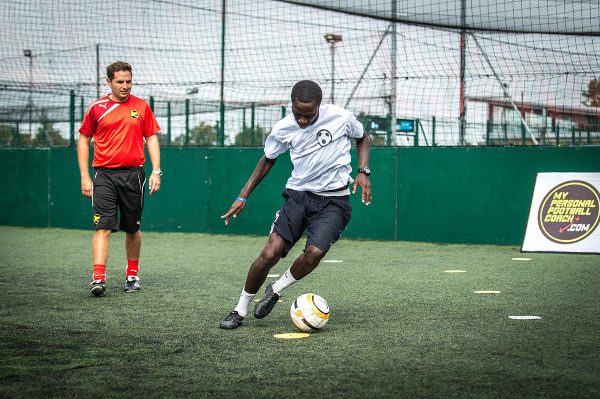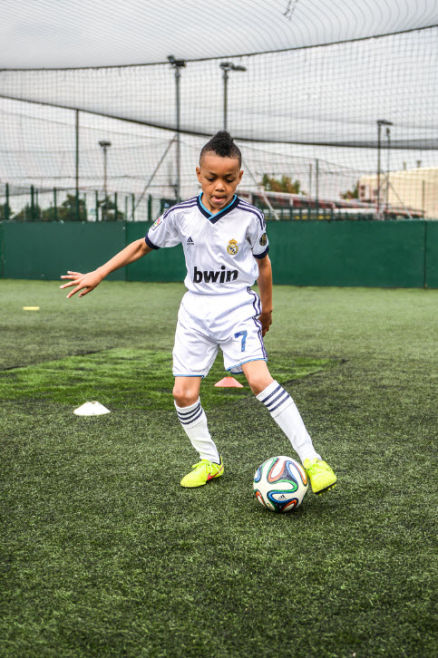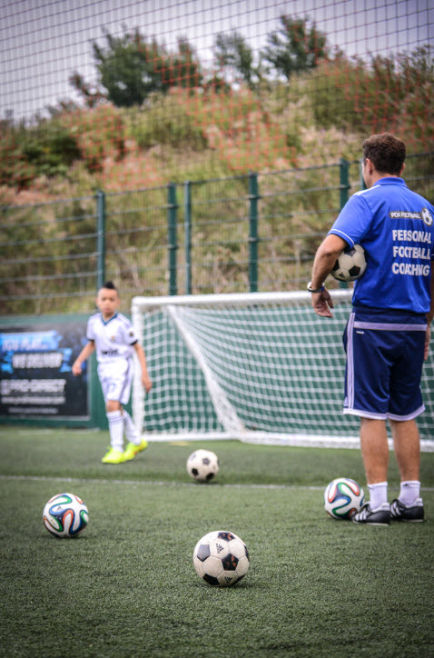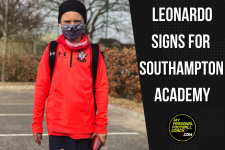It is a hot debate
I do think there is a place for unopposed technical work, particularly in elite youth football. Now I think it’s important to clarify I’m not condoning the use of boring, closed passing drills, far from it! I believe that any unopposed work must be challenging, fun and have an end goal in mind. I also want to make it clear that I believe that the majority of all team training should be opposed! Below I will outline where and when unopposed football work can be beneficial!

Unopposed football training in Foundation phase development
I regard myself as a specialist in Foundation phase player development which is an area I have extensive experience in. Having spent 10 years working with these age groups for two of the best academies in England (In terms of players produced for England at all levels) and with 12 years experience of working with players of all levels, including beginners, Academy, semi-Pro and Pro players as an individual technical coach, I feel I have a deep insight of what works and doesn’t.
I, like Wenger, believe that Technique is the priority at the foundation phase and is something I promote when speaking to other people particularly players and parents. I think unopposed practices are one of the many key ingredients of the elite player development model.

As a current student on the Youth Module 4 Advance I agree with much of the content and principles within the excellent series of courses highlighting that the majority of sessions should be game related and opposed. I do however think it has been misinterpreted or misused by some people with almost a frenzied witch hunt for anyone recommending isolated practice or delivering a session that doesn’t look like a game. For me this is the problem, particularly when working with Elite or Aspiring elite players. Yes, if you leave players to develop organically in game settings you will produce some players. I argue that you will produce more top players with a combination of game settings combined with some unopposed and semi opposed practices. Speaking with one of the country’s leading skill acquisition experts last week they stated ‘players left alone may challenge each other but they won’t challenge themselves’. This is an interesting and pivotal point. Yes the game can teach players many things, but as a technical coach, so can I!
“I’m not a football coach but I do train at a world championship level of Brazilian Jiu Jitsu and unopposed training is essential to development for my sport. Drilling techniques unopposed at a gradual increase in speed helps develop ‘perfect’ technique and helps with problem solving. Doing live training with a partner with full resistance is introduced and helps bring it all together. At my age technique is so important as I’m a bit slower and a bit weaker. My coach who is a 10 times world champion has a saying, ‘Technique Conquers All’. Doing things always opposed will make the athlete miss the subtle steps in successful technique. Confidence in skill starts unopposed and is then built upon in live sessions with opposition..”
– Ross Finlayson (Edmonton, Canada)
A football player must leave foundation phase with these assets
- The ability to play and receive of both feet,
- Dominate 1v1 situations and
- Be complete masters of the ball
It’s more surprising to me working with players who have come out of the academy system who can’t use their weak foot with assurance. To me this is a failure.

Now this is where isolated unopposed/semi opposed practice comes in. Yes as coaches we can get weak foot outcomes from opposed sessions, but those players whether within or away from (preferably) team sessions, are going to have to work on those foot patterns and ball striking on their weak side getting repetition in an unopposed environment. They can then take this into game situations.
Shooting on the weak foot is another technical area which you will find unopposed practice can be a benefit if a player has a deficiency in this area. If we see players have an issue here, we have to address it and support them in confronting and solving it.
Working in a pressure free environment to develop correct foot patterns and power in their strike will benefit players of all ages.

In addition, I have seen much talk on Twitter about coaches who don’t use 1v1 practices as ‘there is no such thing as 1v1 in football’ I think this couldn’t be further from the truth and is actually detrimental to the long term development of players. Using interference and keepers in 1v1 can be beneficial however we should encourage 1v1 duels, with no interference. These gladiator type battles have fantastic outcomes including decision making by forcing players to stay on the ball and make something happen. BUT we must let players try these techniques in games without the fear of scolding if they lose the ball.
In a perfect world, 9s and 10s football would be playground/street football, players playing with freedom, without fear!

Players need to build a relationship with the ball and as the street football culture many of us grew up with dies out, it becomes more important for us coaches to facilitate this work. It may only be the first 10-15 minutes of your session as a ball based warm up, but it is essential players get 1:1 ball ratio time as much as possible.

There are many ways to develop players, this is just one way and my opinion but one I have seen work.




